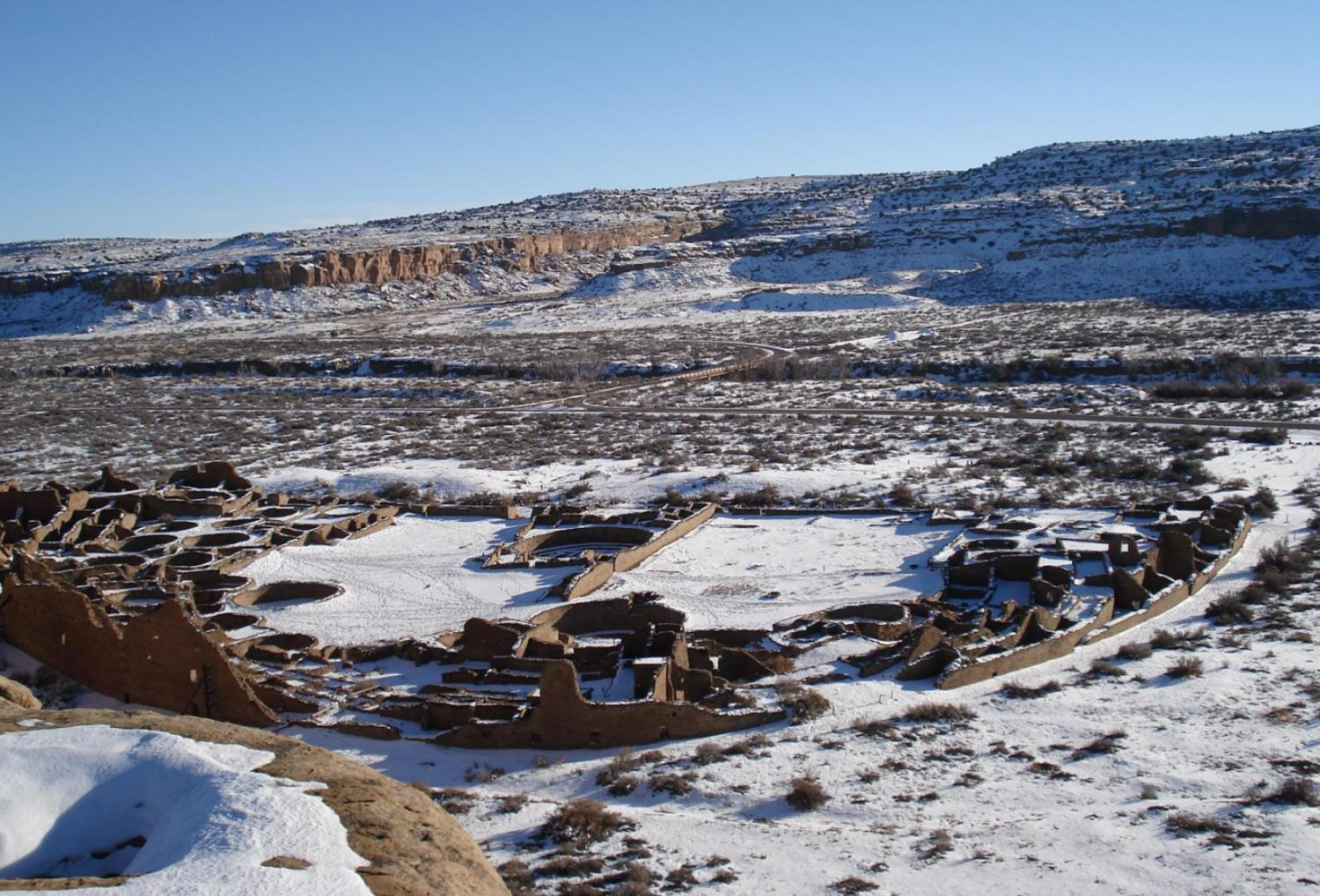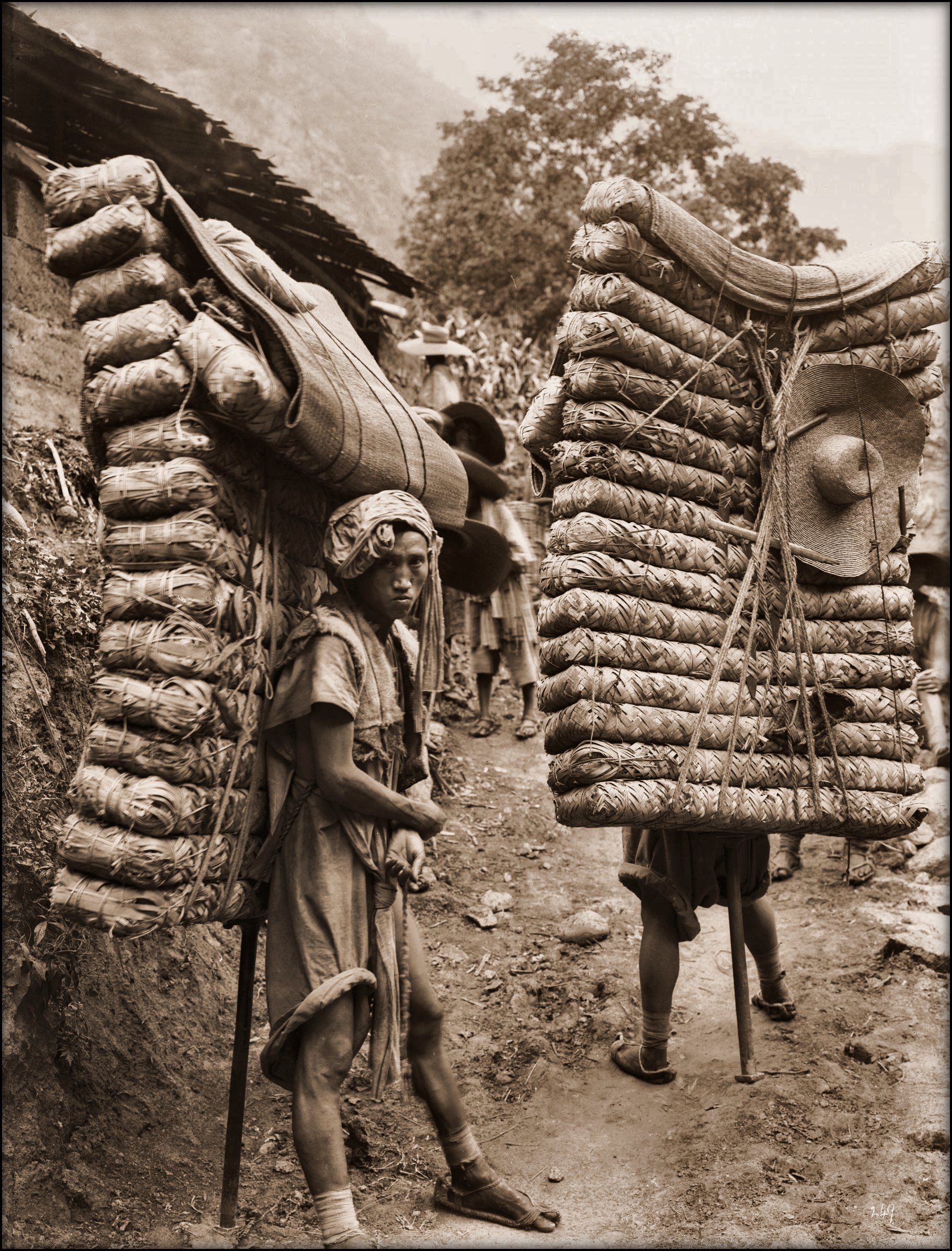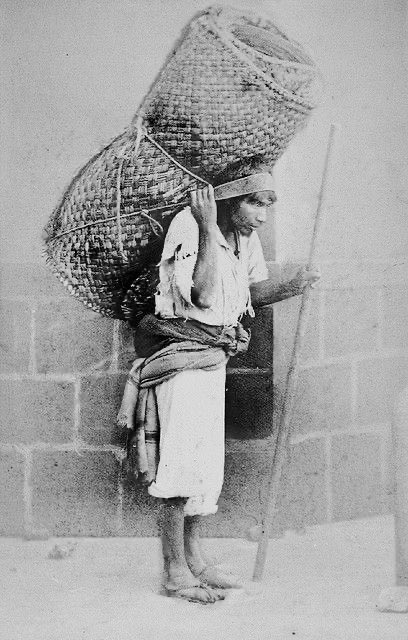Anthropology
Related: About this forumScientists may have solved an old Puebloan mystery by strapping giant logs to their foreheads
A simple head strap could explain how the ancient people of Chaco Canyon moved hundreds of pounds of timber down mountains.
BY JACK IZZO | PUBLISHED FEB 24, 2023 2:30 PM EST

Physiologists James Wilson (left) and Rodger Kram (right) rest their log on supports called "tokmas." They pulled the 130-pound piece of wood along a 15-mile road in Colorado using nothing but a tumpline and their heads.
The ancestral Puebloans that called Chaco Canyon home a millennium ago used more than 200,000 pieces of timber to construct their buildings, with weights estimated between 185 and 605 pounds per log. But the area around Chaco Canyon is a dry, arid climate that likely didn’t have many high-quality, usable trees. And indeed, in 2001, tree-ring experts at the University of Arizona used chemical analyses to pinpoint that the wood was sourced from mountain ranges up to 46 miles away. But that finding left them with even more questions.

Pueblo Bonito log house in snowy Chaco Canyon, New Mexico seen from the distance
Pueblo Bonito, a Chaco Canyon “Great House, once spanned hundreds of rooms and was several stories tall. NPS
Since then, experts have considered many different carrying methods to explain just how the Chaco Canyon residents carried the timber so far without beasts of burden like horses or even wheels to help. Now a new study published on February 22 in the Journal of Archaeological Science presents a reasonable explanation: The Puebloans used a simple piece of fabric looped around their heads.
A tumpline refers to a strap attached on both ends to a sack of equipment like a basket or a backpack. But instead of carrying it over their shoulders, the ancient log bearers would have placed it on their heads, just behind the hairline. Then, by leaning forward, the carriers distributed the weight of their cargo down the neck and spine. Anthropologists know that pre-Columbian cultures in America used tumplines woven from plant fibers to transport heavy loads, but up until recently, had never tested the method on the Chaco Canyon timbers.
That is, until three physiology researchers from the University of Colorado Boulder decided to test it locally themselves. Over the course of 70 days, they trained to properly wear and use a tumpline to move increasingly heavy material. By the end of the regimen, they were able to carry 66 pounds by themselves for an hour with no pain whatsoever. Then, they tested it in pairs. Because the timbers at Chaco Canyon are too large to be feasibly carried vertically, two of the authors attached their tumpline around each end of a 132-pound ponderosa pine log and carried it parallel to the ground for 15.5 miles. The journey took over 9 hours and 44 minutes (with multiple breaks, of course).
More:
https://www.popsci.com/environment/chaco-canyon-pueblo-engineering/




Doc Sportello
(7,964 posts)It's well worth scrolling to the bottom. ![]()
Chainfire
(17,757 posts)Warpy
(114,331 posts)but this was a team effort, likely 3-5 men per log. You might have stumbled, but the log would have prevented a fall by providing something to grab. The line would have been slacked off, the weight borne by the guys who didn't stumble.
Chaco was a huge trading center, drawing tribes from hundreds of miles away. There were trails that turned into wide roads but no navigable rivers, no wheels, no pack animals, just people hauling their merch to where they could exchange it for something people back home would appreciate.